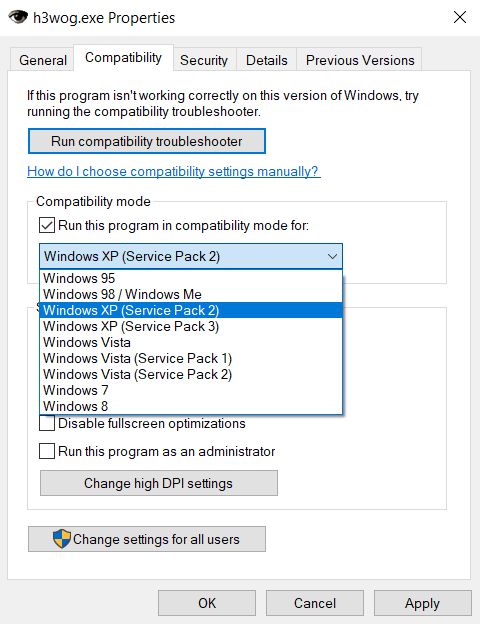

The VMs and containers will reside on the same network and use the pfSense IP on this network as default gateway. Configure the VM interface on pfsense with a valid private IP network. G) pfSense will be configured to use vmbr2 as OPT interface, e.g. This will be the device for your VMs/containers. This becomes the default gateway for them.į) Add an additional vmbr2 interface with bridge-ports set to none and no ip configuration. Do not configure a default gateway on eno2/vmbr1.Į) pfSense will be configured to use vmbr1 as LAN interface. This way Proxmox will always have an internet connection and be able to provide this internet connection via routing to pfSense.ī) You configure vmbr0:fw (which means adding an additional private IP network to this bridge) to communicate between Proxmox and pfSense.Ĭ) pfSense will be configured to use vmbr0 as WAN interfaceĭ) Configure vmbr1 and bridge it to eno2. Proxmox will be configured to have an IP address on the same network as your Nighthawk AP and use it as its default gateway. Just imagine there is an issue with your pfSense VM and you need to fix it remotely.Ī) You have an internet gateway, probably your Nighthawk AP, which is going to be connected to vmbr0 (eno1). In this were a cluster, this could be fatal. If pfSense is ever screwed after an update, you cannot do anything unless you reconfigure the network on the Proxmox host.

I can only ask to rethink this because pfSense is highly dependant on Proxmox but Proxmox should not be dependant on one of its VMs to function. during and after boots, during maintenance, etc. If this were configured correctly, this would mean that Proxmox is basically down the moment your pfSense is not running, e.g. You are attempting to do something pretty wild, which is have Proxmox itself use the pfSense VM as its default gateway. The network setup is outlined below (/etc/network/interfaces): It just can't get data once the DNS resolves. It is not a DNS issue because hosts resolve to an IP. This holds true with VMs and containers under Proxmox too. On the Proxmox host, I can ping 10.0.0.1 (PfSense VM) but I can't ping. I can access Proxmox through the LAN using the IP specified on vmbr1 which is 10.0.0.100. That works perfectly and I can access the internet from all devices through the Nighthawk router (LAN).īut, I can't access the internet through Proxmox itself. The WAN port goes out to my school's network, and the LAN port goes out to my Nighthawk router running in AP mode. I have the WAN port (vmbr0) and the LAN port (vmbr1). I have two virtual switches that correspond to two real ports. I am unsure if this is a problem with PfSense or Proxmox.

I can access the internet and Proxmox through the LAN port, however, I can't access the internet from the Proxmox Host, or any VMs or containers. Currently, I have a PfSense VM running on Proxmox.


 0 kommentar(er)
0 kommentar(er)
